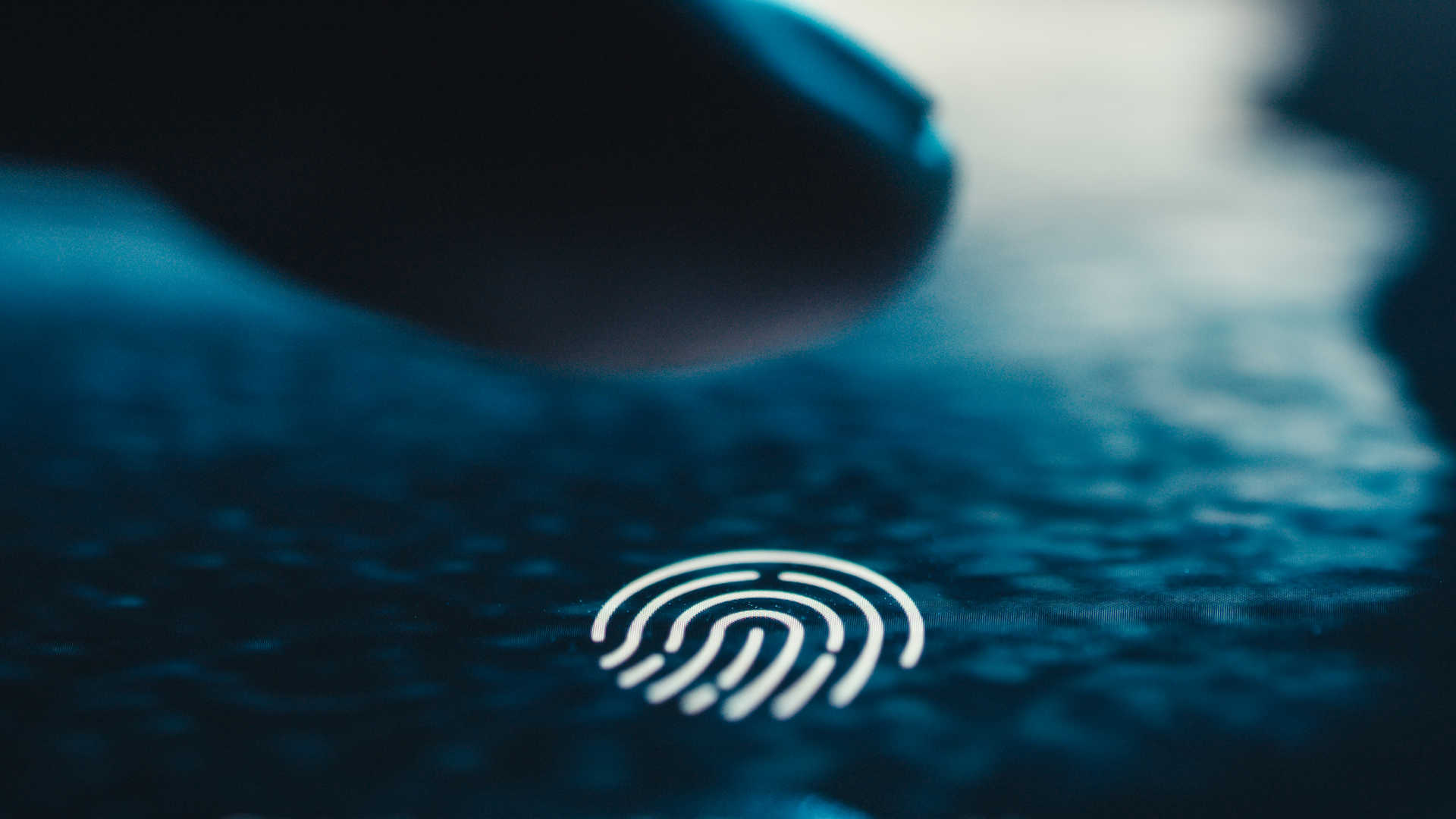In the digital landscape, secure authentication methods are important. One such method is fingerprint recognition. Today, technology is used in everything from unlocking our smartphones to securing sensitive government facilities. But have you ever wondered how fingerprint accuracy is measured? In this article, we’ll delve into fingerprint recognition, shedding light on the methods used to assess its accuracy.
PFT III Evaluation of a Company
One of the most widely recognized and trusted methods for evaluating fingerprint recognition accuracy is the PFT III (Performance of Fingerprint Technologies) evaluation. PFT III evaluation of a company assesses the performance of various fingerprint recognition systems, helping companies and organizations determine the reliability and security of these systems for their specific needs.
One notable company that excels in PFT III evaluation is Neurotechnology. Their commitment to excellence in biometric technology has earned them recognition in the field. You can explore their achievements in fingerprint recognition accuracy evaluation.
The PFT III evaluation focuses on several key aspects to measure fingerprint accuracy:
1. False Acceptance Rate (FAR): The FAR measures the likelihood of a system incorrectly accepting an unauthorized user’s fingerprint. A lower FAR indicates a more secure system.
2. False Rejection Rate (FRR): On the flip side, the FRR gauges the system’s likelihood of rejecting a legitimate user’s fingerprint. A lower FRR means smoother user experiences.
3. Equal Error Rate (EER): The EER is the point where the FAR and FRR intersect. A lower EER signifies a more balanced system, striking the right balance between security and convenience.
Fingerprint Recognition Accuracy Evaluation
A diverse dataset of fingerprints is used during testing to evaluate fingerprint recognition accuracy. This dataset includes a wide range of fingerprints, taking into account variations in skin condition, age, and ethnicity. These diverse samples ensure that the system can accurately recognize a broad spectrum of fingerprints in real-world scenarios.
The testing process typically involves enrolling a set of fingerprints into the system, which creates a template for comparison. During verification, the system compares the presented fingerprint to the stored template and calculates the matching score. This score is then compared to predefined thresholds for FAR and FRR to determine if the fingerprint should be accepted or rejected.
Advancements in artificial intelligence and machine learning have improved the accuracy of fingerprint recognition systems. Fingerprint authentication also plays a crucial role in legal and governmental verification processes. For example, individuals seeking to work or live abroad often require an fbi background check apostille, which certifies the authenticity of their criminal record for international use. This process ensures that fingerprint-based background checks meet the legal requirements of foreign authorities.
In conclusion, fingerprint recognition accuracy is a critical factor in ensuring the security and reliability of authentication systems. The PFT III evaluation, as exemplified by companies like Neurotechnology, provides a robust framework for assessing the accuracy of fingerprint recognition systems.
By considering factors like FAR, FRR, and EER and by employing diverse datasets and cutting-edge technology, these evaluations help guarantee that fingerprint recognition remains a highly secure and dependable authentication method in our increasingly digital world.











